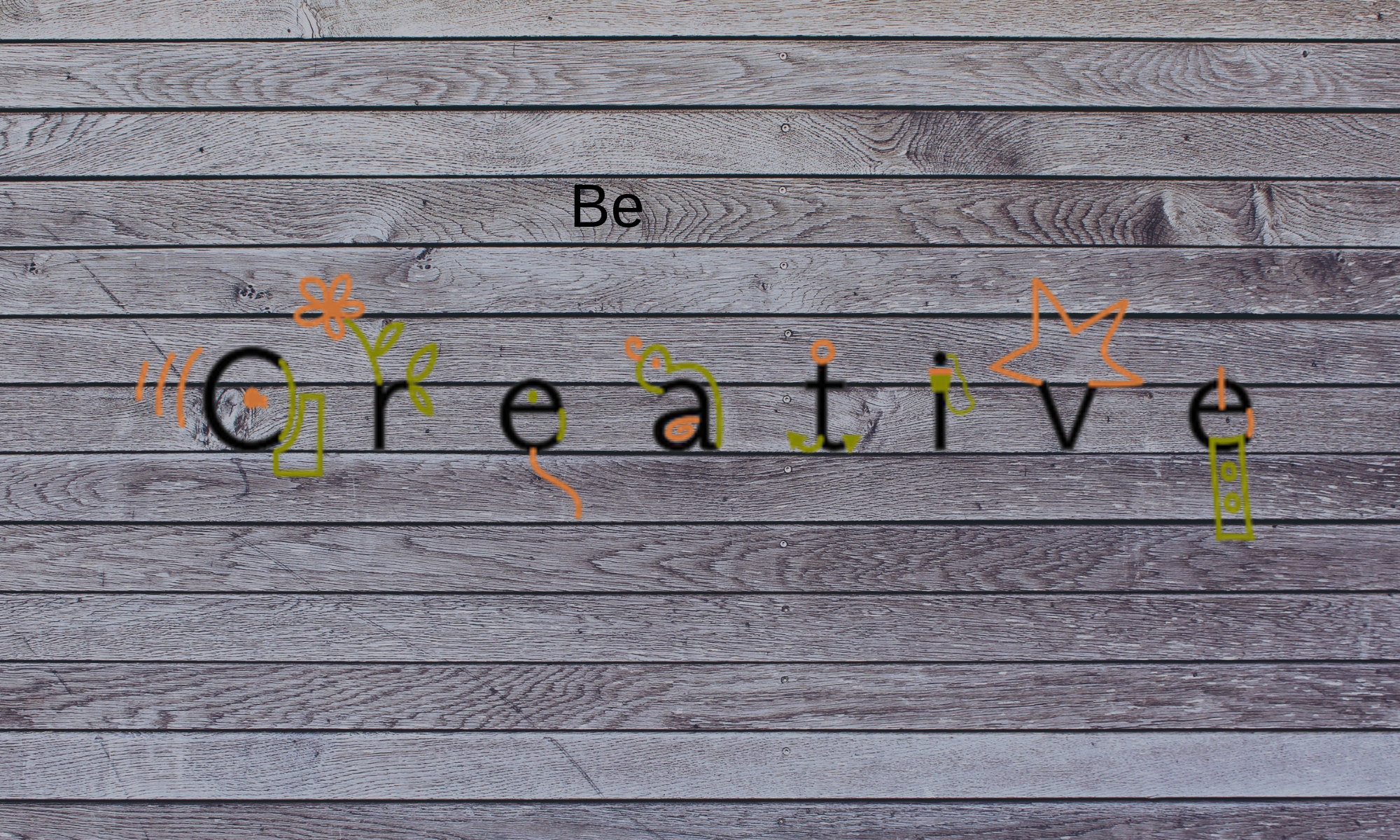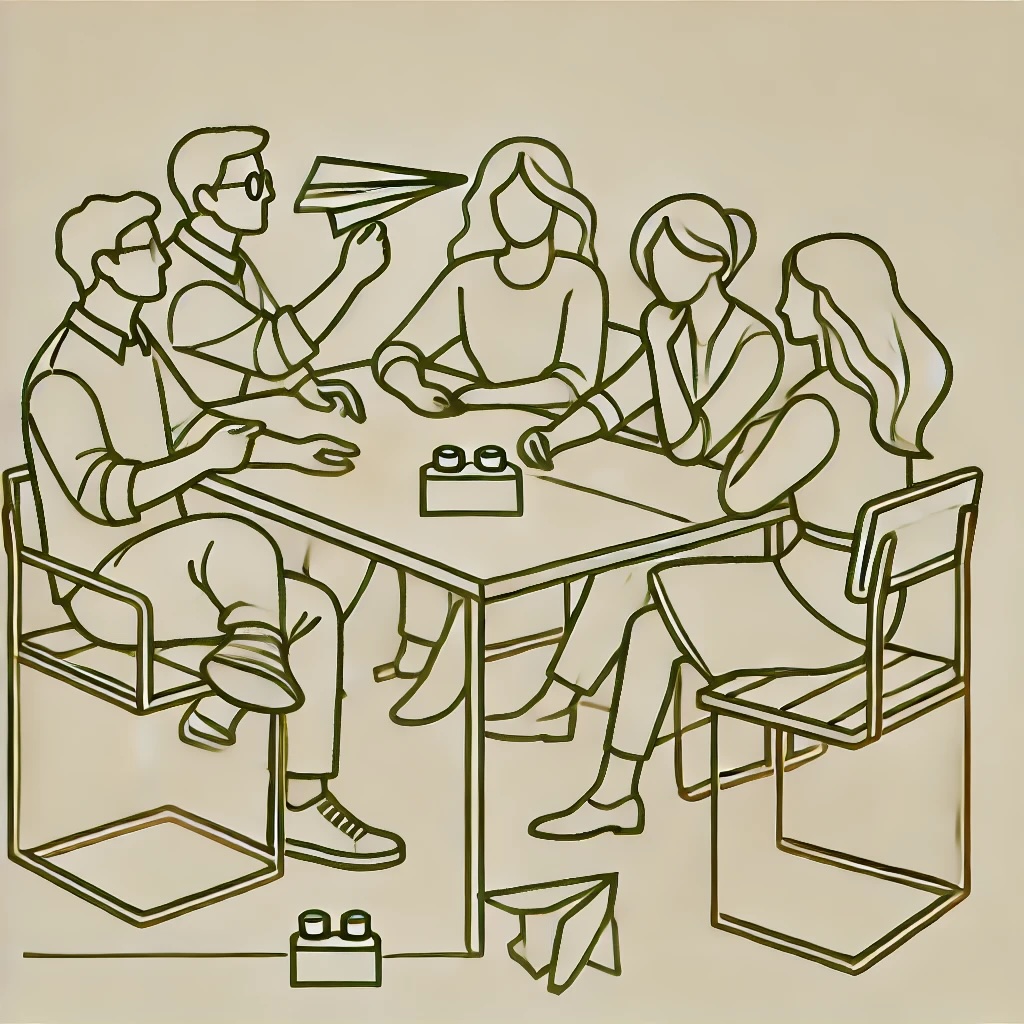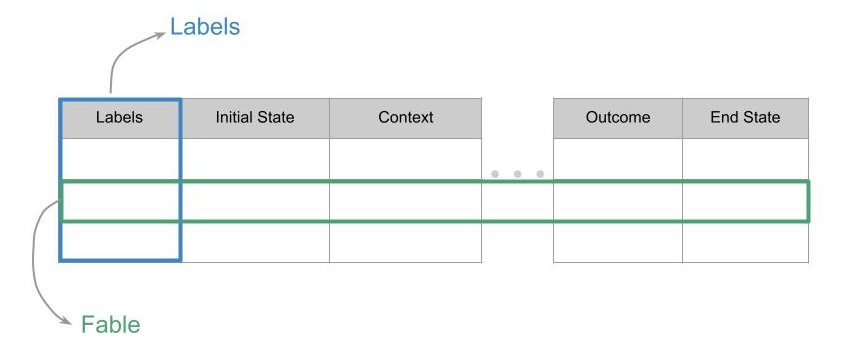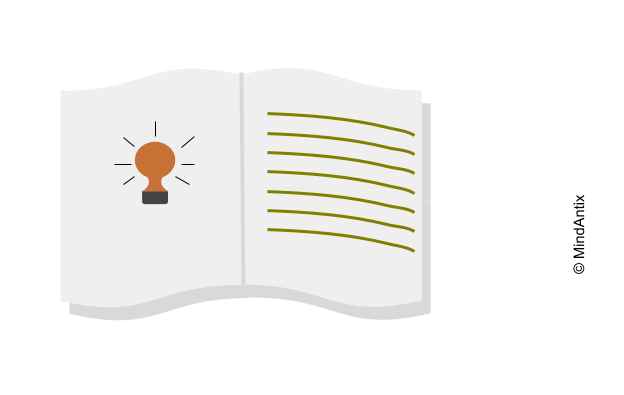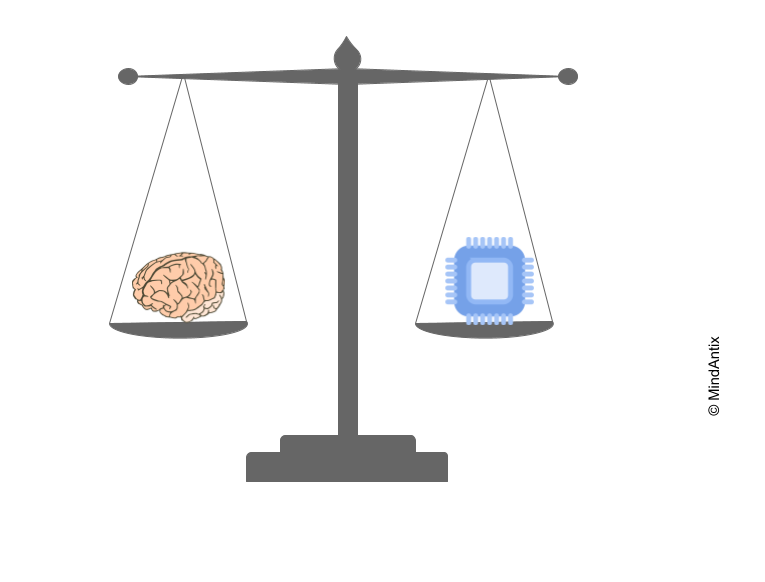In a captivating TED talk, author Steven Johnson illustrates how the invention of a seemingly simple flute by cavemen 40,000 years ago unexpectedly paved the way for the development of the modern computer. A series of inventions—music boxes, toy robots, and the like—initially perceived as mere amusements, laid the groundwork for innovations that would ultimately revolutionize entire industries. As he explains, “Necessity isn’t always the mother of invention. The playful state of mind is fundamentally exploratory, seeking out new possibilities in the world around us. And that seeking is why so many experiences that started with simple delight and amusement eventually led us to profound breakthroughs.”
Yet, the power of play as a catalyst for innovation is often overlooked in the corporate world. When most companies think about innovation, their first instinct is to lean heavily on market research, analyzing customer feedback, and refining processes to meet immediate needs. However, this approach often leads to incremental improvements rather than groundbreaking advancements.
The Rise of AI and the Need for Transformational Innovation
With the proliferation of generative AI in recent years, most companies are adopting AI in their workflows, leading to more efficient or more capable product offerings (barring current AI challenges like hallucinations). But the more transformational breakthroughs — the killer apps — remain elusive.
The challenge lies in the fact that most company structures and processes are geared toward incremental innovation. Trying to squeeze out transformational innovation from an organizational machinery fine-tuned for incrementalism is a difficult task. The very elements that enable transformative breakthroughs are often the exact opposite of what most companies are structured for.
The Unpredictability of Transformational Ideas
Transformational ideas are inherently difficult to predict, even by the people who might have worked on an earlier, related problem. When the Musa brothers in Baghdad made the first programmable music box, using interchangeable metal cylinders to encode music, they could not have predicted that their invention would later inspire the French inventor, Jacques de Vaucanson, to use the same mechanism to create programmable looms. This unexpected connection highlights the unpredictable nature of innovation.
In other words, companies that rely solely on predicting the next big thing will likely miss out on creating breakthrough ideas. Their existing processes, which often rely heavily on customer feedback and market research, can only lead to predictable improvements on existing products.
Solutions in Search of Problems
Many offbeat ideas are quickly shut down with questions like “What is the customer pain point?” or “This looks like a solution looking for a problem.” While this feedback is relevant when the goal is to evolve existing products, it can stifle radical innovation. Most radical ideas are actually the reverse – they are solutions looking for problems.
Consider the invention of the sticky note. Spencer Silver, a scientist at 3M, was working on making a super-strong adhesive but accidentally ended up creating a weak adhesive that could be peeled off easily and was reusable. He was intrigued by this new adhesive and spent several years giving seminars and talking to people within the company to find ways to commercialize it, but couldn’t find a good use. It wasn’t until another colleague, Art Fry, recognized the potential of the adhesive as a bookmark that the sticky note was born. This example illustrates the importance of recognizing the potential of solutions even before a clear problem has been identified.
Instead of relying solely on customer feedback, companies need to develop a different approach to evaluate solutions that don’t yet have a well-defined problem. One effective strategy is to focus on complexity. If a solution was non-trivial and involved overcoming significant challenges, it could be a good candidate for creating a future competitive advantage.
The Exploration vs. Exploitation Mindset
To thrive in their environments, most animals toggle between exploration and exploitation. Exploration, akin to play, empowers animals to uncover new possibilities and problem-solving approaches. Research suggests that animals engaging in more play are often better prepared to adapt to environmental challenges, boosting their survival and reproductive prospects.
However, when faced with threats, exploration can be risky. In such situations, we tend to resort to using our existing knowledge to solve the immediate problem. This natural tendency highlights the tension between exploration and exploitation.
This biological function of exploration—stepping away from immediate survival needs to tinker with novel ideas—closely aligns with what companies must do to thrive in an uncertain and competitive landscape. Play allows us to probe beyond the “local optima,” or safe solutions, to discover entirely new paradigms.
However, the conditions under which successful exploration occurs are very different from the exploitation phase. Exploration works best when people feel safe and supported in their environment. A playful, low-stress environment is essential for serious play to thrive.
A New Path For Radical Innovation
Successfully balancing transformational and incremental innovation is a persistent challenge for organizations. While many companies excel at incremental innovation, they often struggle to cultivate an environment that fosters radical breakthroughs. Existing approaches, such as corporate hackathons or Google’s “20% time,” have often fallen short of their intended goals. These initiatives, while valuable in promoting experimentation, often fail to fully embrace the conditions necessary for deep exploration.
What if we could create a new model, an “innovation sabbatical” for radical innovation to thrive? Imagine an extended period, lasting 2-3 months each year, where employees get a a dedicated space for radical exploration, free from the daily demands of their regular work. This would act as an extended hackathon, but with a crucial difference: it would be designed to foster a distinct culture that prioritizes deep exploration. Within this sabbatical environment, traditional hierarchies would fade, replaced by an emphasis on collaboration and a playful, low-stress atmosphere. Evaluation would shift away from immediate business needs, focusing instead on the ingenuity and complexity of the ideas generated.
The goal with an innovation sabbatical is not for companies to predict the next big idea but to create an additional pathway where transformational ideas get a chance to flourish by ensuring that resources, incentives and motivation are all aligned in the right way.
